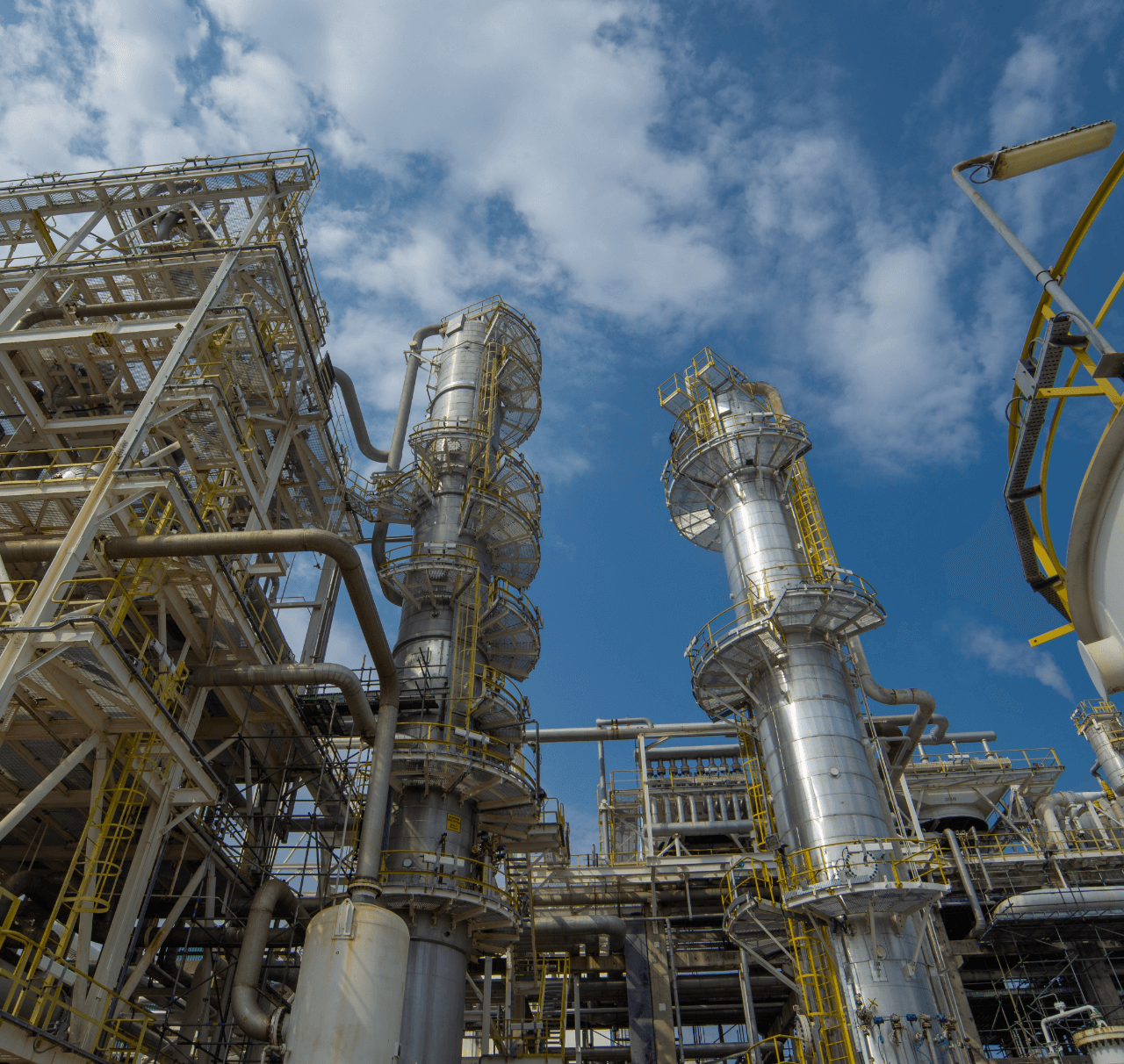
How We Provide Value
-
We strive for efficient water consumption and wastewater management throughout our facilities. Our initiatives are governed by internal standards, local regulatory requirements, and other relevant frameworks that guide the responsible use and conservation of water resources.
-
Recognising water stress as a significant physical climate-related risk, we closely monitor water availability particularly in water-stressed regions where our operations may impact both plant performance and surrounding communities. To address these challenges, we have conducted ongoing assessments of alternative water sources, including reclaimed sewage and thermal desalination using seawater, to improve water supply resilience at affected sites.
-
We continuously implement best water management practices across all manufacturing sites supported by a detailed study on technology utilisation aimed at reducing freshwater consumption and minimising wastewater discharge. These efforts contribute to improved environmental protection at our manufacturing facilities.
-
We are committed to using resources efficiently and embedding circularity across our value chain. To support this, we have established a Waste Minimisation Blueprint that promotes the 3Rs (Reduce, Reuse, and Recycle) specifically for hazardous waste.
-
As part of our operations, we use non-renewable raw materials, including precious metals and chemical catalysts, which have the potential to increase waste generation and deplete finite resources. To mitigate these impacts, we continuously enhance our recycling practices, ensuring that valuable materials are recovered and repurposed wherever possible.
-
We are committed to minimising air pollution and protecting the communities surrounding our operations. In line with the Malaysian Ambient Air Quality Standard, we have implemented an air emissions monitoring programme to track emission levels both within our facilities and in nearby communities.
-
To further improve air quality, we have introduced measures to enhance the discharge quality of air emissions from our operations. One such initiative includes a project at one of our assets, aimed at reducing carbon monoxide emissions.
-
Our efforts on biodiversity are guided by the PETRONAS Position on Nature and Biodiversity and the PETRONAS Technical Guideline on Biodiversity and Ecosystem Services (BES) Management, which specifies identification and mitigation measures. These guidelines help us to centre our activities on conserving and rehabilitating ecosystems and habitats. For our sites and assets, risks to nature and biodiversity are assessed using the Biodiversity and Ecosystem Services Risk Assessment (BESRA) framework, which comprises three key steps: BES risk profiling, risk validation, and risk management.
-
For assets identified with high-risk profiles, we conduct detailed assessments to evaluate potential impacts and develop Biodiversity Action Plans (BAPs). These plans apply the mitigation hierarchy—avoiding, minimising, restoring, and offsetting environmental impacts.
-
One of our flagship initiatives, the ecocare programme, supports the reforestation of ecologically sensitive mangrove habitats. It also includes the ecocare Environmental Education Centre (EEC), which promotes environmental awareness and conservation among local communities and external stakeholders.
-
We continuously monitor and disclose our sustainability performance across key economic, environmental, social, and governance indicators to ensure transparency, track progress, and support informed decision-making. For data related to this topic, refer to our Environmental Eco-Efficiency data.




